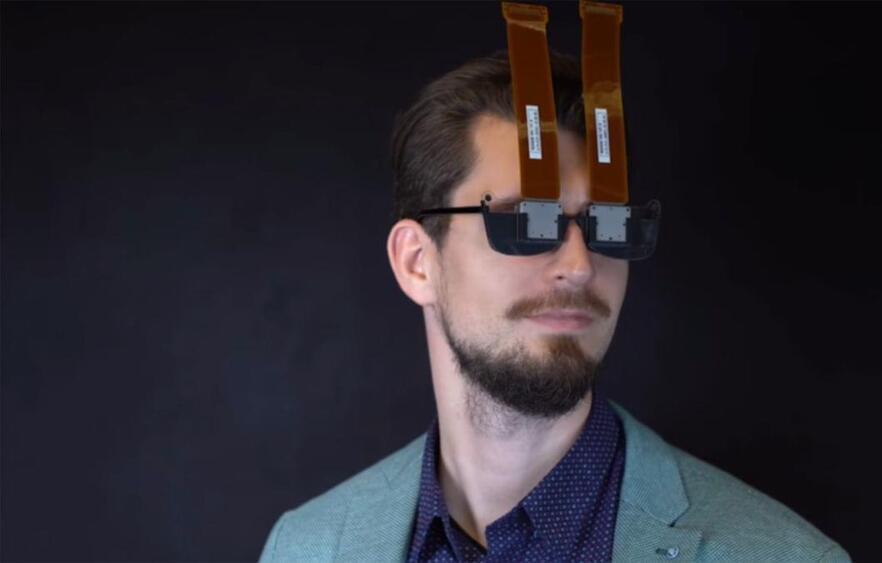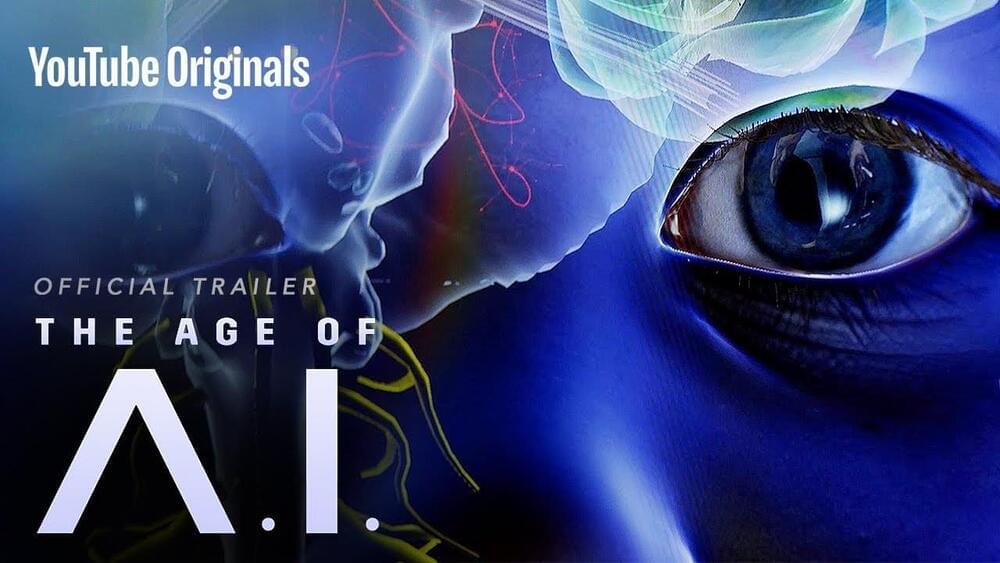Aug 28, 2022
Startup’s Hydrogen Breakthrough May Give New Life to Coal Plants
Posted by Quinn Sena in categories: energy, innovation
Australian lab uses catalyst to generate 700ºC heat from hydrogen that could be used to retrofit power stations.
Australian lab uses catalyst to generate 700ºC heat from hydrogen that could be used to retrofit power stations.
Emerging Technologies on the Horizon.
Sharing the 10th Issue of my Security and Tech Insights newsletter! Please check it out and have a great weekend! #security #tech #emergingtechnologies #cybersecurity #innovation
In the US growing building sector carbon emissions a threat to 2050 net-zero goal.
U.S. economywide greenhouse gas emissions fell 12% from 2005 to 2019, but direct emissions from the building sector were higher, according to an Information Technology and Innovation Foundation report this week.
For the first time, scientists have confirmed a major breakthrough in nuclear fusion involving the first successful instance of ignition, the point at which a nuclear fusion reaction becomes self-sustaining.
The achievement, results for which have been published in three peer-reviewed papers, occurred at Lawrence Livermore National Laboratory’s (LLNL) National Ignition Facility on August 8, 2021.
Nuclear fusion involves a reaction where at least two atomic nuclei possessing a low atomic number fuse together, forming heavier atomic nuclei. During such a reaction, differences between the masses of the reactants and products result from the difference in energy that binds atomic nuclei before and after the reaction occurs. This difference will either cause the absorption or the release of energy.
Acoustic location was used from mid-WW1 to the early years of WW2 for the passive detection of aircraft by picking up the noise of the engines.
Passive acoustic location involves the detection of sound or vibration created by the object being detected, which is then analyzed to determine the location of the object in question.
“Imagine how techology we see as innovative today will look to people in the future”

Its creator Franky Zapata thinks so, as do the thousands of people who are likely signing up to test drive the JetRacer.
The French inventor and adrenaline junkie is no newbie when it comes to daredevil stunts—or wild inventions. A world champion jet skier several times over, his first invention was the Flyboard, a sort of jetpack/hoverboard combo powered by gas turbines. Next came the Flyboard Air, a similar device powered by jet turbines. Three years ago Zapata crossed the English Channel on a Flyboard Air; the journey took just 22 minutes, with a stop halfway to refuel.
Continue reading “This Wild Personal Aircraft Goes 155 Miles Per Hour and Does Flips on Command” »
Incensed when two others won the Nobel Prize for the science behind the invention, he took out a newspaper ad that called his exclusion a “shameful wrong that must be righted.”

Ignore the ribbons, this is a very promising breakthrough for VR.
Researchers from Stanford University and Nvidia have teamed up to help develop VR glasses that look a lot more like regular spectacles. Okay, they are rather silly looking due to the ribbons extended from either eye, but they’re much, much flatter and compact than your usual goggle-like virtual reality headsets today.
Continue reading “Researchers find way to shrink a VR headset down to normal glasses size” »

We are at the dawn of a new age and the implications of AI technology for humans are almost unimaginable. Welcome to The Age of AI.
Robert Downey Jr. hosts a brand new YouTube Originals series — The Age of AI. Discover the most innovative and leading technologies that will change the world forever.